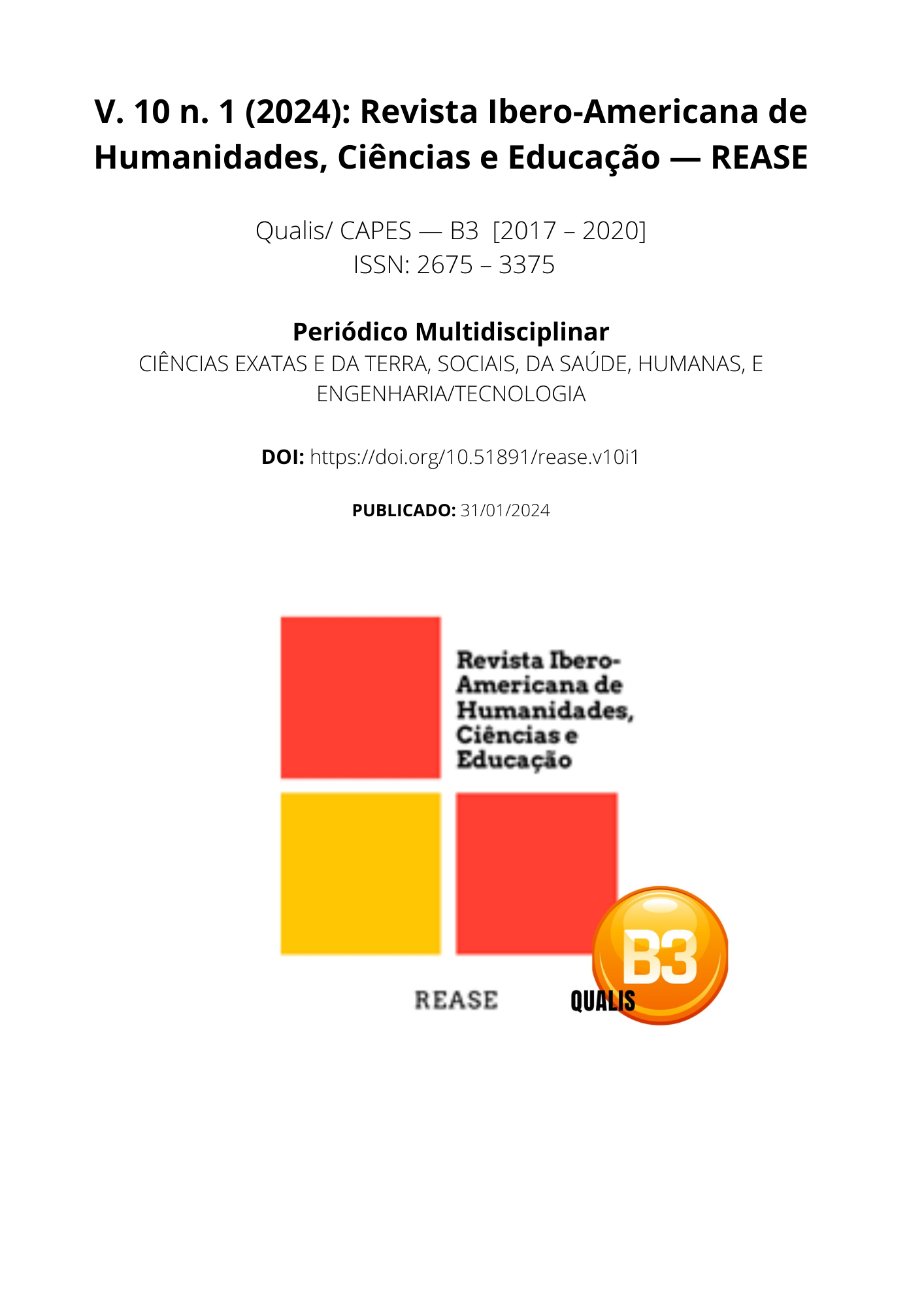VIRTUAL REALITY: AN ACTIVE METHODOLOGY TO BE USED IN EDUCATION
DOI:
https://doi.org/10.51891/rease.v10i1.12952Keywords:
Gamification. Teaching-Learning Process. Augmented Reality. Active pedagogical approaches.Abstract
The teaching process is dynamic and requires the continuous adoption of approaches to engage students in the learning experience. In recent years, we have witnessed significant growth in the incorporation of technologies, therefore, a trend that is manifesting itself in Education is the notable advancement of virtual reality in the school context. The present study was developed with the objective of providing a conceptual framework for the application of Virtual Reality as a technological asset for Education, in addition to reviewing recent research that explores the application of learning theories in VR-based education. Virtual reality, as an active learning methodology, encourages the development of creative and stimulating teaching activities. Therefore, education-VR interaction allows students to assume a central role in their learning, where their experiences and knowledge are valued by teaching practice, making them protagonists of the teaching-learning process. Within this aspect, gamification can also be included, which makes the teaching-learning process more interactive and collaborative, in addition to offering the user ways to solve problems. It is therefore considered crucial to critically assess the current state of virtual reality technology, including its advantages and disadvantages, in order to obtain a comprehensive understanding of its implications for education.
Downloads
Downloads
Published
How to Cite
Issue
Section
Categories
License
Atribuição CC BY

